For all time, scientists have deciphered at least 1% of the data of the Large Hadron Collider
 Source:
Source:The Large Hadron Collider — is one of the most amazing inventions of mankind, responsible for the discovery of numerous subatomic particles, including the elusive Higgs boson. And recently, new data hint at new discoveries beyond the Standard model. And it is very surprising, because, according to the scientists, we can uncover less than 1% of the data from the accelerator. Therefore, open TANK can be called "lucky". Or is it not?
Physicists use of 26.7 km-long LHC to accelerate particles to almost the speed of light, and then push them to see if they can find something new. These particles collide with incredible speed, which leads to the insane amount of data. On its web site, CERN notes that one billion collisions per second generates 1 petabyte of data. And it's a problem because to keep (not to mention the analysis) that data is extremely difficult.
"If we wanted to keep all 30 million events per second, we would need about 2000 petabytes to store a typical 12-hour work cycle. In the year of the TANK running 150 days, which means we will have almost 400,000 petabytes (400 exabytes) for the year. This amount of information physically impossible to keep."- said in an interview with ScienceAlert physicist, CERN Andreas Hecker. "it is worth mentioning about the processing of data. CPU power is just not enough. We will not be able to process data as fast as they do."
Thus, it was necessary to make a decision about which fall into the vault, and which are not. 30 out of every million collisions recorded only 1200. It is only 0,004% of the total data and the remaining greater than 99.996% is lost forever. It sounds pretty scary, when you consider that we might have missed.
"But do not panic. Most known processes are quite rare. For example, the appearance of the Higgs boson is a very rare process. When the maximum intensity of the collision TANK, we produce approximately 1 Higgs boson per second. Other interesting physical processes are less rare, but we use «triggers» — fast online algorithms that are based on special hardware and software to select interesting events from the most less interesting."
At the same time in order not to miss something interesting, scientists propose to build new detectors for the Large Hadron Collider. Then the question of data storage and decrypt them without the fear of losing something important would disappear.
What do you think, do scientists have lost something important in the data with the LHC? Speak out about this in our
Recommended
What will be the shelter for the first Martian colonists?
Mars is not the friendliest planet for humans While the Red Planet is roaming rovers, researchers are pondering the construction of shelters and materials needed by future Martian colonists. The authors of the new paper suggest that we could use one ...
New proof of string theory discovered
Just a few years ago, it seemed that string theory was the new theory of everything. But today the string universe raises more questions than answers String theory is designed to combine all our knowledge of the Universe and explain it. When she appe...
What is the four-dimensional space?
Modeling camera motion in four-dimensional space. View the world in different dimensions changes the way we perceive everything around, including time and space. Think about the difference between two dimensions and three dimensions is easy, but what...
Related News
For all time, scientists have deciphered at least 1% of the data of the Large Hadron Collider
the Large Hadron Collider — is one of the most amazing inventions of mankind, responsible for the discovery of numerous subatomic particles, including the elusive Higgs boson. And recently, new data hint at new discoveries b...
The new model of the Universe explain dark energy
Researchers from Uppsala University in Sweden have proposed a new model of the Universe, capable, in their opinion, to solve the mystery of dark energy, which according to many theoretical physicists, responsible for the expansion...
Amoeba found in the solution of complex mathematical problems faster than a computer
the Amoeba — is a simple creature, we go to school on one of the first lessons of biology. Hardly anyone considers the amoeba of highly intelligent individuals, because she doesn't have a nervous system in the usual sense. H...
What to expect from science in 2019?
to Predict the future — is not easy. This is dedicated to the entire discipline. Trained forecasters rely on data to seek out trends, observing people's behavior, trying to guess what will happen next. This is especially true of s...
Scientists have achieved superconductivity at record high temperatures
from school lessons of physics we know that an electric current flowing through a conductor meets with resistance. Because of this, a lot of energy is expended for nothing, but in 1911, scientists have noticed a strange feature of...
Smallest particles. How are they fundamental?
what is at the most basic, fundamental level? Is there a smallest possible brick or set of bricks from which you can build literally everything in our Universe that cannot be divided into something smaller? To this question scienc...
Global emissions of carbon dioxide will break the record in 2018
it is Expected that global carbon emissions reached record levels in 2018, despite calls from climate scientists and international organizations such as the United Nations, to reduce. It is expected that the worldwide use of fossi...
Scientists have found a way to harness the energy of thermonuclear fusion
One of the most promising areas in the nuclear power industry is the type of rector, called a tokamak. It uses a very powerful magnetic field, which inside the special toroidal chamber (in the form of a hollow donut) is trapped by...
What happens to the brain in weightlessness?
for anybody not a secret that NASA took on an impossible task: to send humans to Mars by 2030. Why? Because it is enough to understand that a typical trip would take from three to six months, and the crew will have to stay on the ...
Astronomers have found another "twinkling" star
In the galaxy there were still a strangely twinkling star. Using a telescope in Chile, astronomers have discovered a star whose strange flickering — alternating bright and dim lights — like a star Tabby, which has long been associ...
Nuclear "knots" will help to solve the mystery of atoms
Nodular structures called Sirmione, can help scientists unravel the inner workings of atomic nuclei. Skyrmion is a tiny perturbation in matter, swirling pattern similar to the knot that is difficult to unravel. In the 1960-ies of ...
Frozen super-earths in the orbit of Barnard's star: what hides our "neighbor"?
Every night, counting the stars, astronomers closer to see how populated our universe — or at least our galaxy. After a quarter-century after orbiting other stars were discovered the first exoplanets, statistical data showed that,...
Scientists have created a two-dimensional electron lattice kagome
Scientists from the University of Wollongong in collaboration with colleagues from the Chinese University Beihang, University Nankai and the Institute of physics of the Chinese Academy of Sciences have successfully created two-dim...
The former administrator of NASA: "Lunar gateway — stupid architecture"
In recent weeks, the official NASA representatives were actively promoting the proposed "Gateway", which will serve as a space station on a remote orbit, near the moon. The Agency has proposed that intermediate step, instead of re...
Chinese tokamak plasma heated to 100 million degrees Celsius
using the experimental advanced superconducting tokamak (EAST), which is called Chinese "artificial sun", the physicists were able to heat plasma to 100 million degrees Celsius (which is 6 times hotter than the core of our star) a...
The greatest mystery of the Universe: what is space-time?
"what is it made Of space-time?" asks physicist Aron wall from the Stanford Institute for theoretical physics. In the past there is no physics in different ways trying to make sense of the riddle of space-time, treating it not jus...
A computer algorithm has recreated the sound of the sunrise on Mars
Scientists are well aware of the Mars — especially his appearance. But the sound is much harder to see on this red planet and even more to listen to. We just don't have powerful microphones able to hear the noise of the wind on th...
The ninth planet. Does it exist in reality? It seems that no
Our Solar system may be the closest part of the Universe to us, when viewed from the Earth, but even in her backyard, waiting for us many surprises. It took several thousand years before we understand how the planets revolve aroun...
Can a trip back in time to destroy the Universe?
we All wanted to go back in time. Everyone had something that could be done correctly, a mistake that could have been prevented, lives that could be saved, or a nightmare that I would like to unsee. It would seem that you come bac...
"Star of the Big Bang": a mysterious object that may be in our galaxy
"If we correctly understand, there may be stars with low mass, having a composition exclusive of the Big Bang," says astrophysicist Kevin Schlaufman from Johns Hopkins University. "Although we did not find such an object in our ga...


















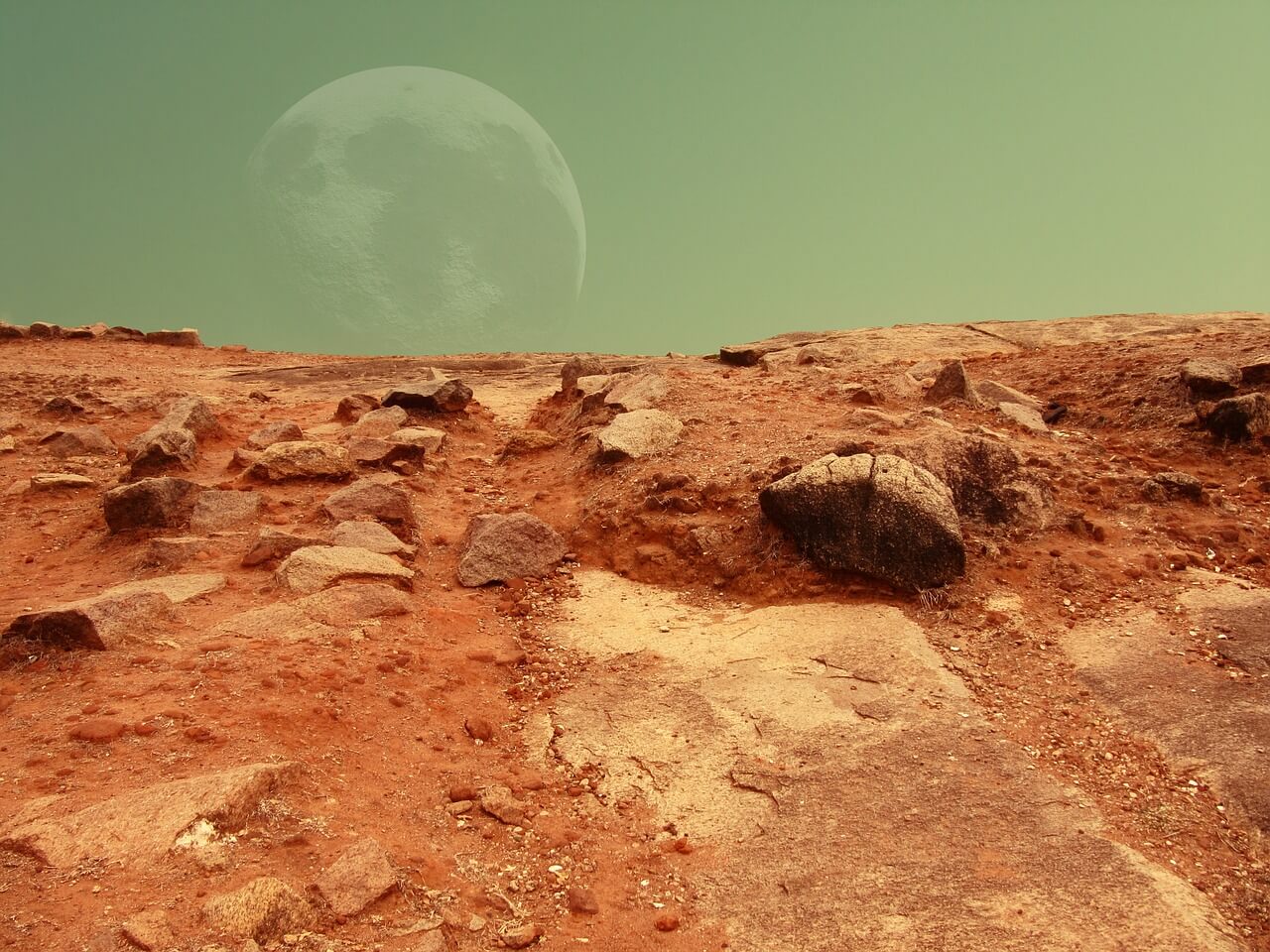
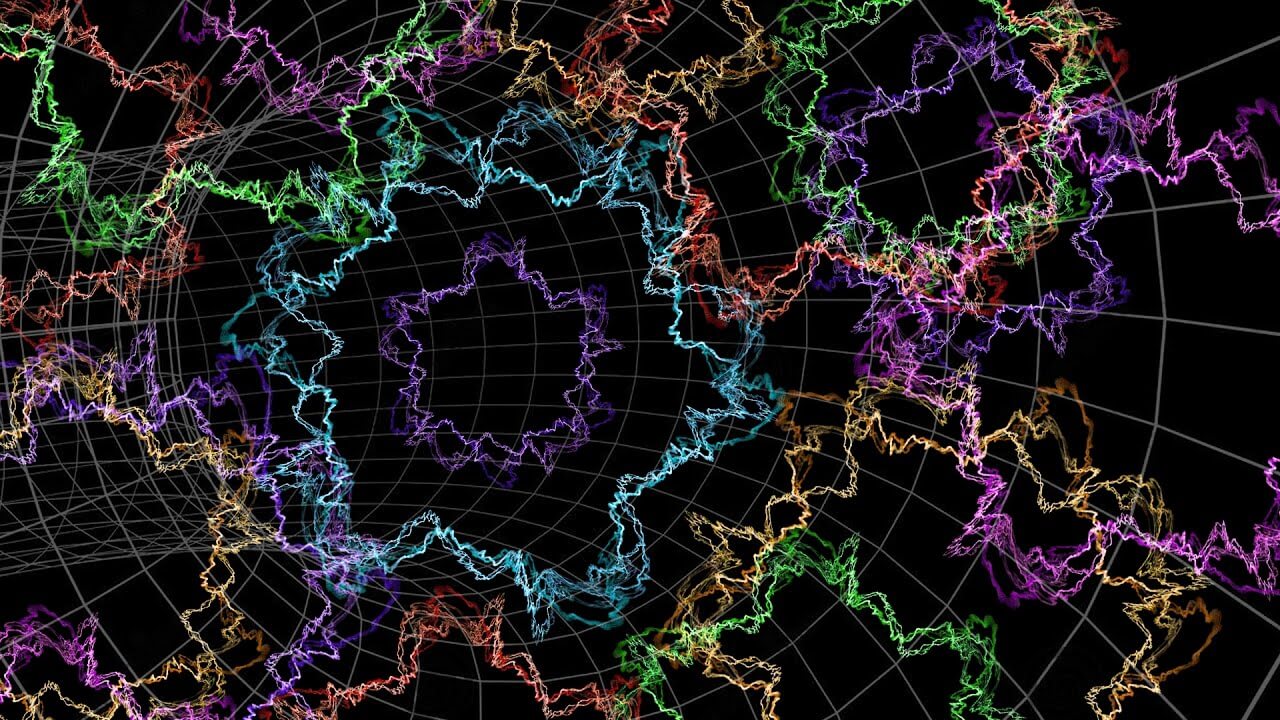
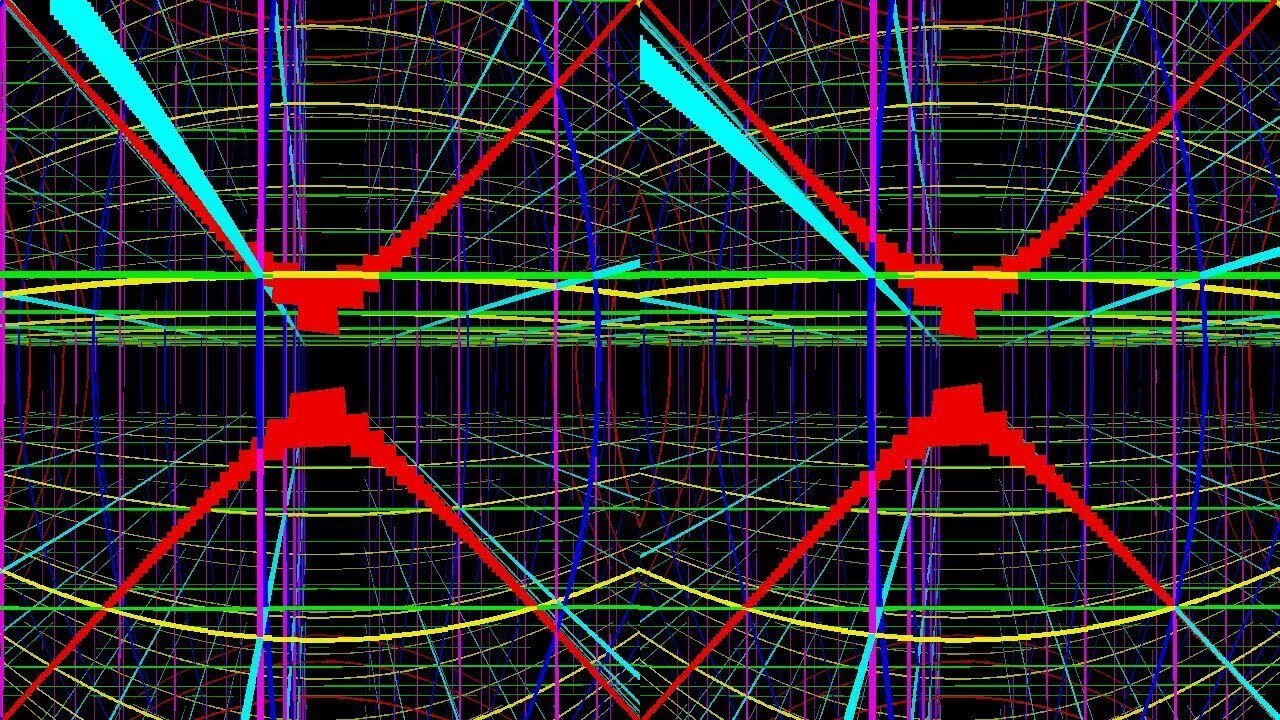

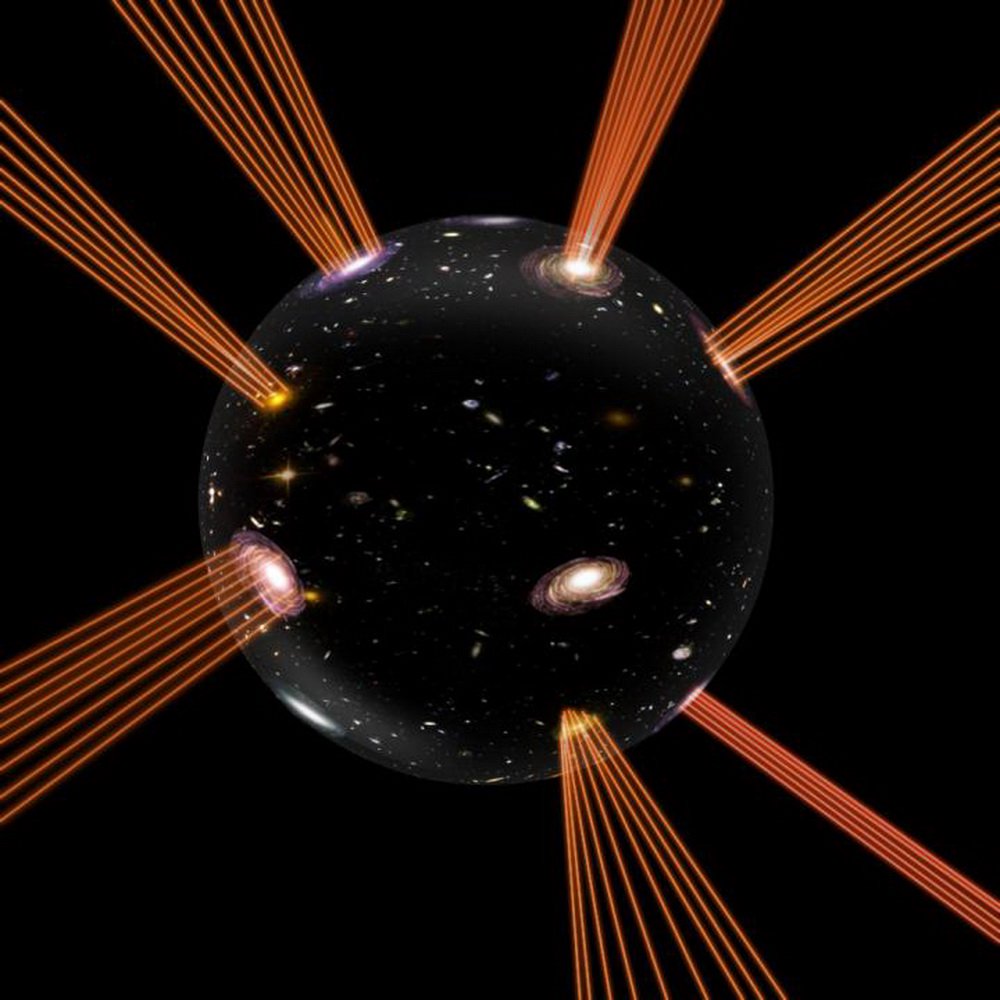
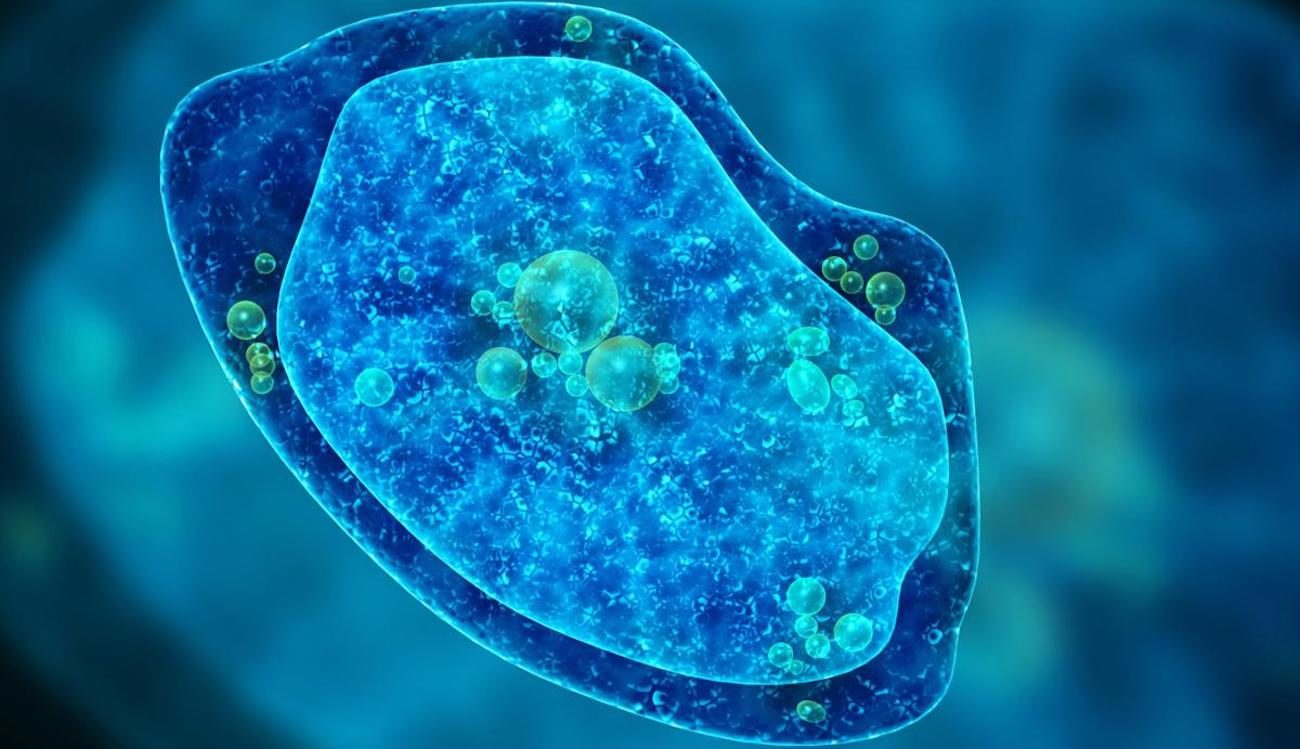
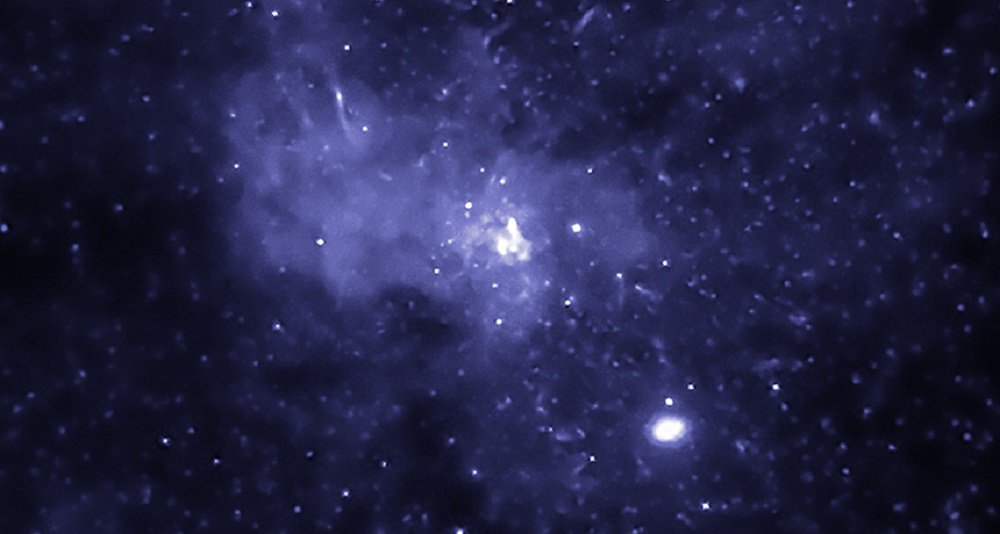



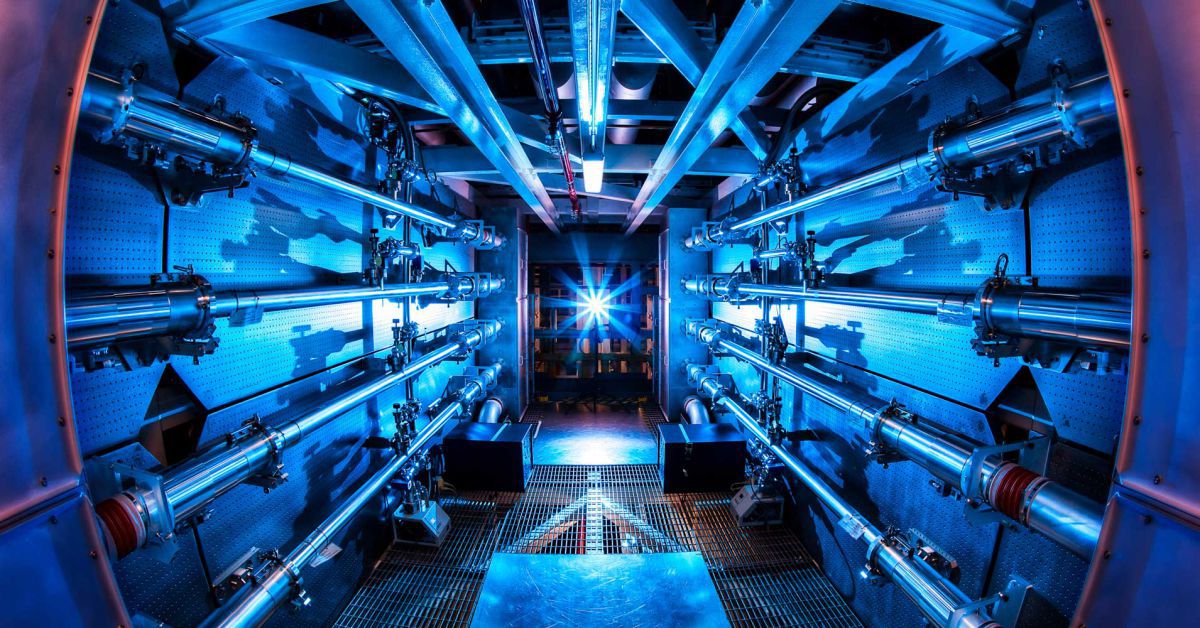
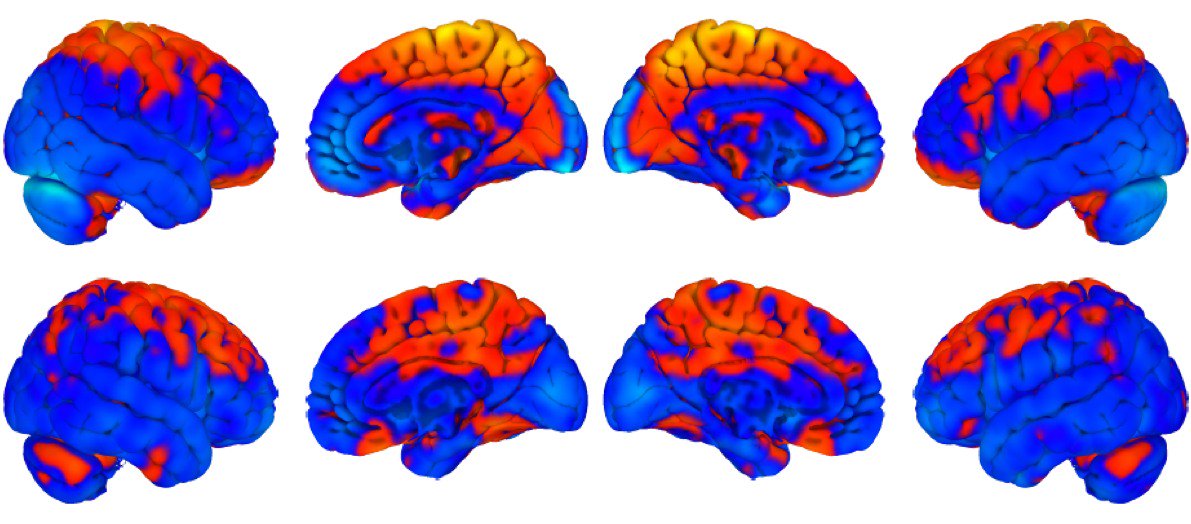
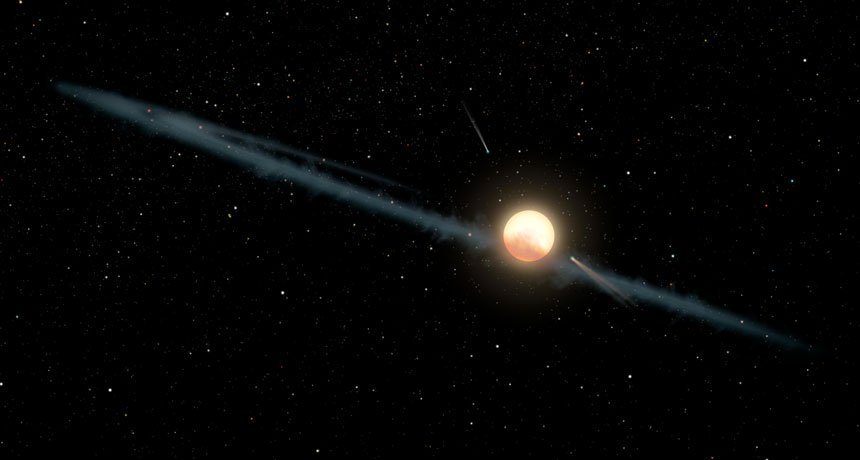
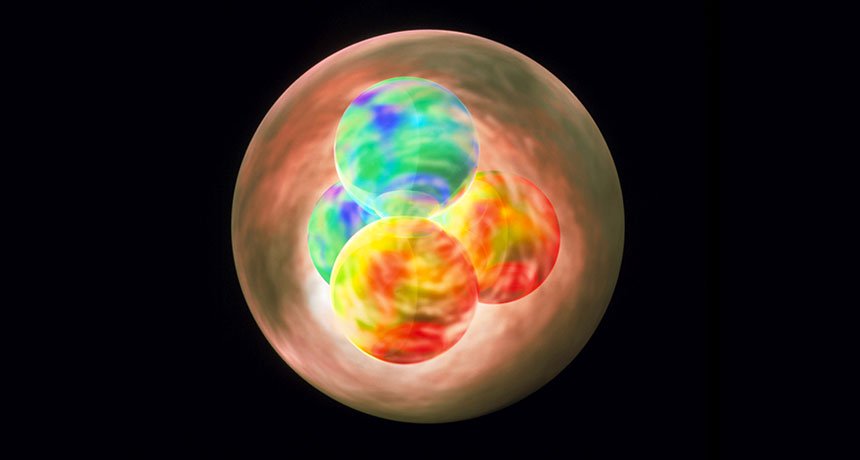
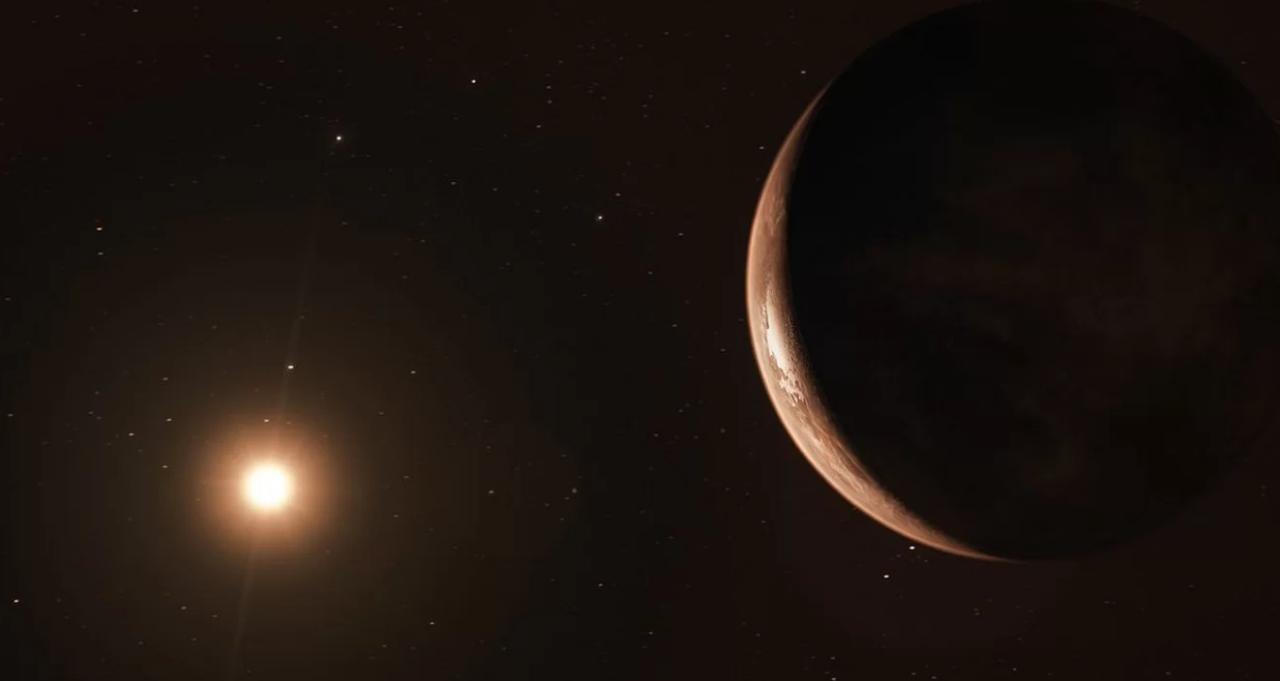


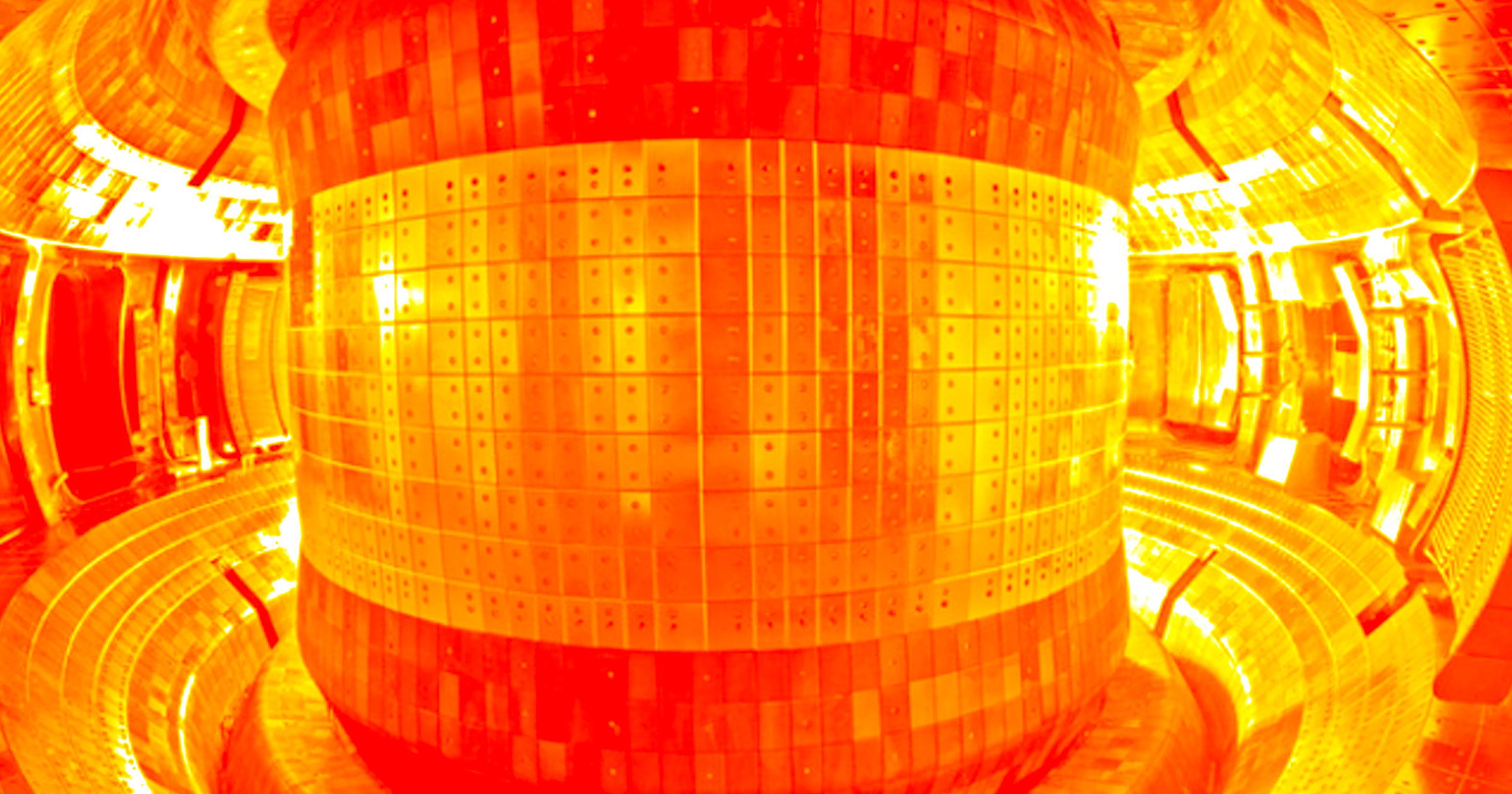
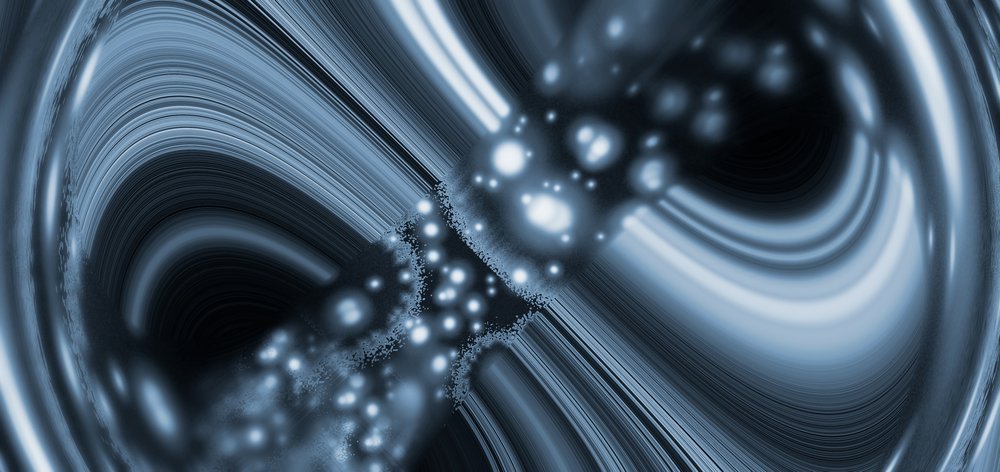

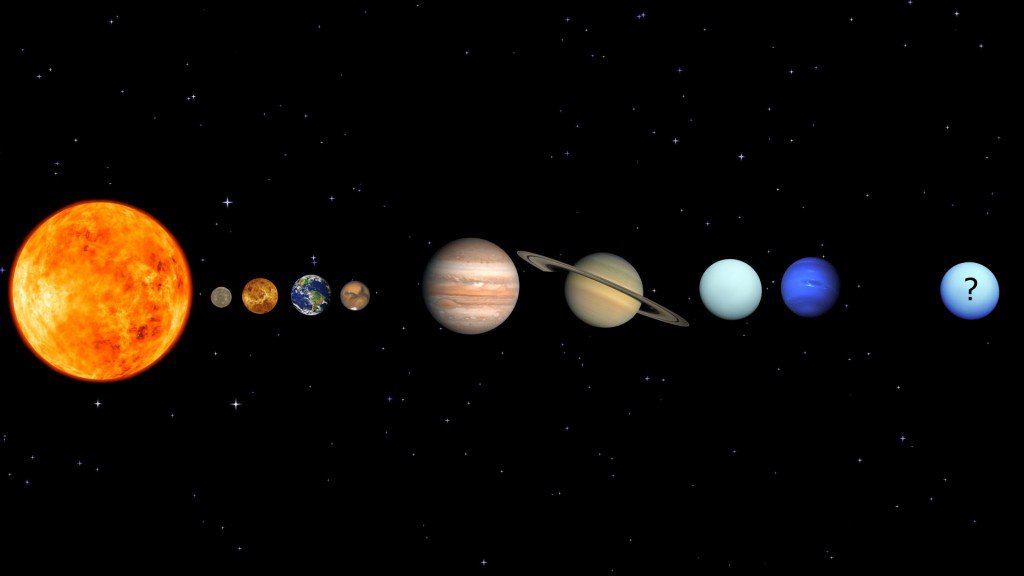
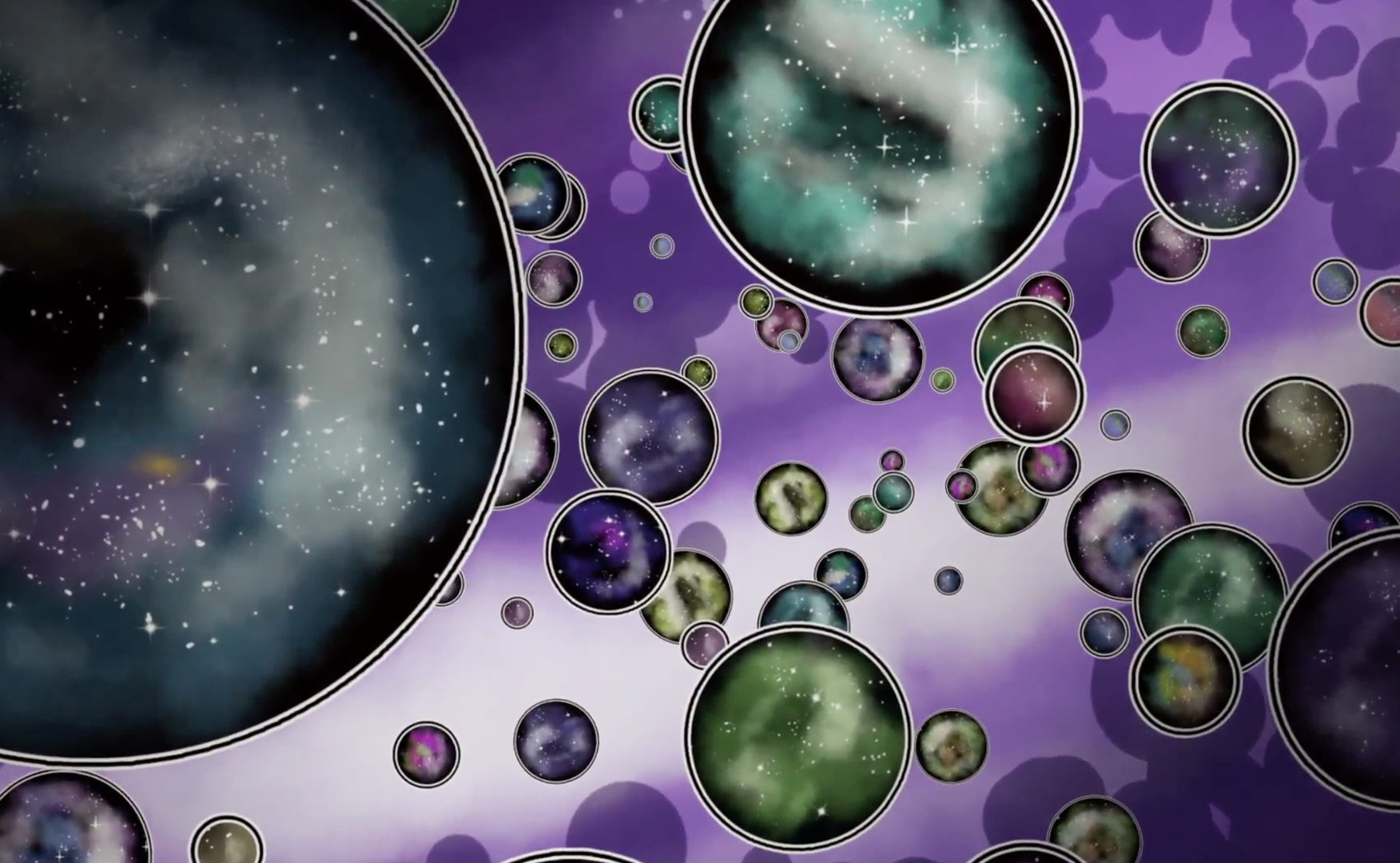
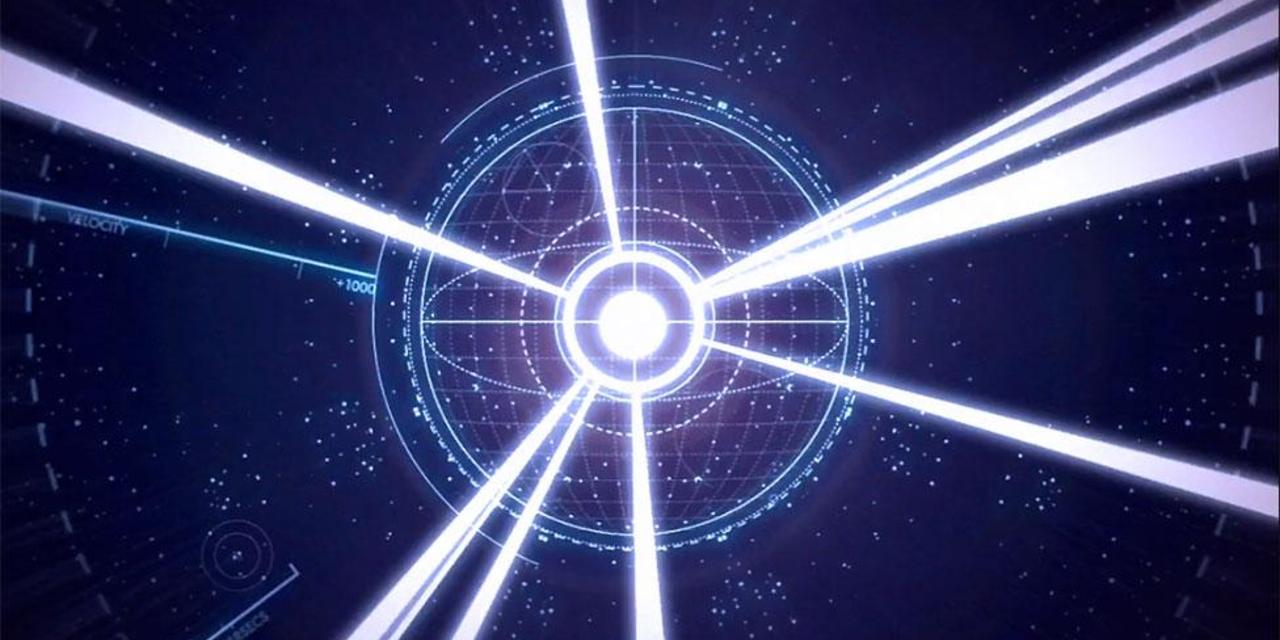
Comments (0)
This article has no comment, be the first!